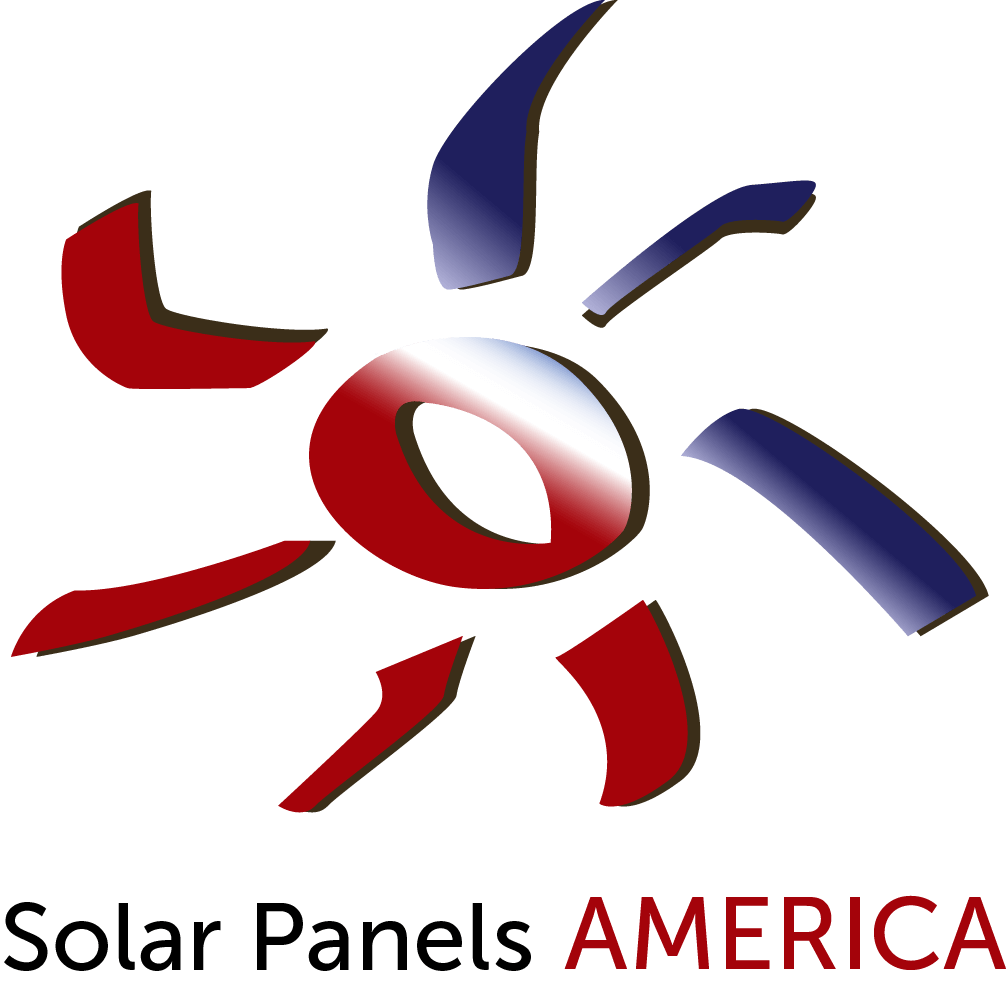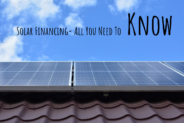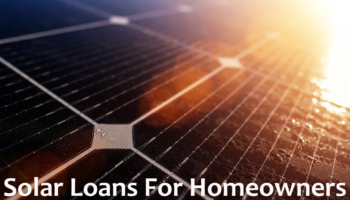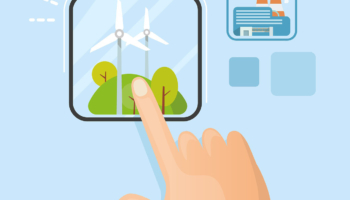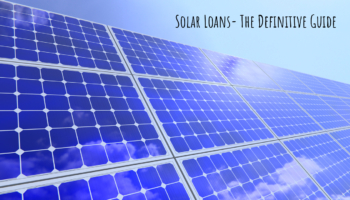This online guide covers how to fund your residential solar system, a crucial step in determining if solar panels are worthwhile for your house (we hope !) . Learn the pros and cons of direct ownership and third party ownership.
How can you pay for solar?
The best way to finance your solar array depends on your income taxes, credit score, location, and how much time you’ll value the system. Speak to a specialist for valuable and credible information about how to fund solar panels.
While solar rentals were common in the past and may have worked well for your neighbor, there may be newer, better financing options which are a better fit for you. Nowadays, there’s a range of zero down solar financing alternatives for you to choose from!
Residential solar financing options can be generally divided into two different categories: Direct Ownership (you have it) and Third Party Ownership (they own it). Keep reading to learn about the choices to you within these categories, and the basic pros and cons to be aware of.
Buying Solar Panels: Direct Ownership Options
Going Solar with Cash
For those who have enough saved up for this significant upfront purchase, buying solar panels with cash payments will provide you with the best savings and return on investment. It is the best and only kind of interest-free solar power.
Your solar system will be producing free energy and saving you money from the day it’s turned on. The typical payback period for rooftop solar in the United States is 4-8 decades, depending on how big your system and the sort of solar panels and other equipment you selected.
Buying a solar power system with money is relatively straightforward as there are no third party solar financiers to deal with.
Taking Out a Solar Loan
If you don’t have the cash up front to pay for your system, you can take a loan out using a third party financing company. There are lots of affordable solar loan providers in the US. A number of these solar financing businesses create flexible loan repayment plans to accommodate customers who want to put some money down upfront, wish to repay the loan quickly, have low credit scores, or people who want greater immediate savings. There’s usually no down payment on a solar loan, which makes them appealing and feasible.
However, much like a home mortgage or any auto loan supplier, the lender will add on the cost to fund your system to your loan principal. This price will depend on various factors such as your credit score or the term of your loan.
Another cost adder of a solar loan to look out for is the rate of interest. An APR (annual percentage rate) includes the additional costs added to your monthly payments from the interest rate in addition to other fees and payments. The APR of your loan will be fixed and increase your monthly payment, so research your options to find the best APR for funding your solar project!
With the sole exception of PACE financing, the process of getting a loan requires a soft credit report check. Typically, a minimum of a 640 credit rating is necessary to qualify for a solar loan.
Besides a good credit score, other required documents for a solar loan include:
A style of your system to determine the size of your loan, a loan application, And approval from the loan provider.
Types of Solar Panel Loans
Reamortizing a Term Loan
We recommend that after you get your Tax Credit, you apply those savings towards re amortizing your loan. Reamortization will reduce your monthly payments for the rest of your loan term.
Same as Cash Option
For the first 12-18 months, this option will base your monthly payments off of 70 percent of your loan principal. It will then allow you to cover the remaining 30% with all the cash you saved from your tax credit in the next grace period, which is typically 12 months. Same as Cash permits the homeowner to get a first 30% discount on their monthly obligations.
Combo Loans
A Combo Loan is comprised of two parts:
Since you are purchasing your solar system with a loan, you’ll get the 30% tax credit towards that year’s income taxes. Having a combo loan, you’ll have typically 12-18 months to pay off 30% of your loan principal. You can apply your savings from federal and state tax credits towards paying off the initial part of your loan and receive lower interest rates for the remaining loan term. To effectively repay the first 30 percent of your loan within the Bridge Loan term with the tax credits, you must have the tax liability to receive the full credit within the first year. If your income taxes are less than your tax credit, and/ or you do not pay the 30% within the first 12-18 months, then you might be stuck paying out of pocket or hefty interest rates for the remainder of the period.
You will have the remainder of your loan term to pay off 70% of the loan principal.
Remember: Reamortizing a Term Loan provides higher, upfront, monthly payments, with reduced future payments once you receive the tax credit. While the Same as Cash Option provides lower, monthly payments, followed by a payment with your tax credit savings.
Property Assessed Clean Energy
One of the most prominent of these programs is called Property Assessed Clean Energy (PACE). PACE provides low interest financing to decrease the high, up-front prices that come with switching to solar. Many states sponsor PACE financing to create jobs, promote economic growth, and protect the environment. PACE pays for 100 percent of a project’s costs and is repaid for up to 30 years with an assessment added to the property’s tax bill.
PACE is active in most states and there are many suppliers in each state.
PACE providers evaluate if you qualify their application by ensuring that you have at least 10% equity in your home, rather than performing a soft credit check. After submitting a PACE financing application, your solar will be funded and setup will be initiated.
Pros and Cons of Owning Your Solar
Solar Ownership Pros
Owning your solar means more life savings for you.
Your life savings will differ with your energy usage and zip code, but owning your solar system is typically the best plan of action for solar clients. Owning your own system, either buying it up front or taking out a loan, will lead to higher savings than leasing from a third party system.
Direct Ownership of solar raises the value of your home
A research conducted by U.S. Department of Energy’s Lawrence Berkeley Labs showed that home-buyers are prepared to pay more money, especially $4/Watt more, for a home with solar. Even if you’re in the process of paying off a loan for your solar, it is still possible to sell your house. You are able to transfer the loan to the new tenant, or repay the remaining portion of the loan together with the selling of your home.
Tax Credit
To be eligible for the tax credit, you need to:
Purchase your system using a loan or cash
Pay income taxes greater than or equal to 30% of your system cost
It’s as straightforward as that!The tax credit is equal to 30 percent of the gross cost of your solar system. The total credit is deducted from your personal income taxes for the year your system begins production in. But what happens if your income taxes are less than your tax credit? You are in luck; the Solar Investment Tax Credit will continue to roll over to the next year as necessary for a maximum of 5 years.
Solar Ownership Cons
The only con of owning your system is the responsibility of panel maintenance
Fortunately, maintenance is very straightforward. There are no moving parts in a solar system, so there is little to no upkeep. Your solar system may need to be hosed off when dust or dirt collects, but for tilted panels, regular rain should wash the panels satisfactorily. If your panels get damaged and the damage is not covered by the manufacturer, installer, or your home insurance, it will be your responsibility to discover accommodations for repair. The installers on Solar.com will provide a robust warranty that should protect you from any unforeseen harms.
If you own your own system, you should also be tracking your energy production by checking your electricity bill or solar production every month. If your system is under-performing, it might go unnoticed for weeks if not checked regularly.
Financing Options for Third Party Ownership
Solar Leases
A solar lease is similar to a solar loan in the sense that both are forms of residential solar financing with zero down solar financing choices. With a solar rental, you are leasing your system from a third party owner. You pay the owner a fixed monthly payment for the full duration of this lease, which is typically 15-20 decades. Instead of paying your utility company for energy, you would now be paying the solar company for using the panels.
Lease payments may include an escalator, this is a percent that your monthly payments will increase by year-to-year. Monthly payments are fixed and do not depend on your monthly energy production or consumption, so that they may be an overstatement, especially when the escalator increases costs down the line.
If you decide to sell your house when leasing a solar system, you will find methods to transfer the lease over, but they are difficult and slow.
It’s more lucrative to obtain your solar system if you are interested in the long term value of your home plus the system.
At the end of your lease term, you have the option to renew the lease for another 5-10 years, remove the system from your home, or purchase the system at fair market value.
Keep in mind: Similar to a Solar Loan, Solar Leases and Solar PPAs will typically require a credit rating of 640.
What is PPA solar financing?
You can purchase the actual electricity produced by the solar system, as opposed to renting the entire solar system for a fixed price (that may exceed what you actual use). A Purchase Power Agreement (PPA) also constitutes third party ownership, because the PPA provider owns the system on your roof. You will pay the PPA supplier a pre-negotiated cost per kilowatt hour.
When utility costs vary, your PPA rate is not affected. If your local utility’s rate decreases, your PPA rate may be overvalued and your savings will decrease as well. However, when utility prices rise, your PPA speed will give you a better deal for your power and increase your savings.
PPA fixed rates could include an escalator, which raises your cost per kilowatt hour speed annual to compensate for these rising utility prices.
Remember: In a Lease, the escalator increases your monthly payments with time, while, in a PPA, the escalator raises your cost per kilowatt hour.
The Pros and Cons of Solar Third Party Ownership
Solar Lease Pros
You’re not responsible for the maintenance of your solar system.
You have the choice to buy the system at market price at the end of your third party possession agreement or after a specified number of years.
Third Party Ownership usually has an term upper limit of 25 years, so if you are looking for a short term change, third party ownership is not a long-term commitment.
Solar Leases Cons
Your monthly payments are fixed, meaning you may overpay for your energy if utility rates fluctuate.
You can’t obtain the Solar Investment Tax Credit, the owner of the machine receives the tax credit. However, if you are retired or don’t earn an income eligible for tax returns, you won’t be able to take complete advantage of this tax credit anyway. If you can not take full advantage of this tax credit, leasing or using a PPA may be the better option!
All The Term You Need To Know About Solar Financing and Solar Prices
$0 Down — A purchase that requires $0 out-of-pocket cost. This usually pertains to a solar loan.
Accelerated Depreciation — A depreciation method where your solar system loses value at a faster rate than straight line depreciation. This is related to commercial purposes.
Annual Savings — The quantity of money that you save annually by going solar.
APR — Annual percentage rate; this is the amount you are charged by the lender to borrow money.
Buy Down or Financing Fee – A buy down is a solar lending technique similar to paying down points on a mortgage that helps you get a lower interest rate for the life span of the loan. The purchase price will be raised to cover the points decrease on the rate of interest.
Cash-out Refi — This is a refinance of the first mortgage of your home to another mortgage for a sum greater than what is owed. Considering that the new mortgage is for a larger sum you keep the money difference between the first mortgage and the new mortgage. People will often do this to benefit from a lower interest rate (APR) on the house.
Debt-to-Income Ratio – For instance, if you pay $2000 a month for your mortgage and another $1000 a month for the rest of your debts, your monthly payments are $3000.
Down Payment — The first payment made when buying a cash system. In financing buy, a deposit would decrease the entire amount financed, reducing your payments.
Escalator — In a PPA or Lease, this is the percent amount your monthly payments will increase year over year.
Gross System Price — This is the price of your solar system before any incentives (i.e. federal tax credit) are implemented.
Internal Rate of Return (IRR) — A technique to measure the profitability of an investment. The higher the IRR the greater the investment, generally.
Lease — A third-party owned solar system in which the installer will have the solar system and you will make payment for the panels or the energy that the panels produce.
Levelized Cost of Energy (LCOE) — This is the average cost of energy generated by means of a system over its lifetime. It’s calculated by dividing the total amount that the system will cost over its life by the total quantity of electricity generated.
Lifetime Savings — The quantity of savings your solar system will realize over its lifetime. In most cases, this is projected over 25 years because panels have a 25-year guarantee. Realized savings will be even larger as systems will continue to function past that.
Loan Provider — The lending institution that’s paying the builder for your own solar system in return for monthly payments.
Net System Price — The closing out-of-pocket cost of your solar system after all incentives are implemented.
Ownership — Owning the right to your own solar system.
PACE — Property Assessed Clean Energy Financing is a public-private venture that helps property owners finance renewable energy projects. Generally, payments are tied to a property taxes permitting flexibility for customers that wouldn’t otherwise have the ability to go solar.
Payback Period — The amount of time required to go cash flow positive after an initial out of pocket investment.
PPA (Power Purchase Agreement) — This is a third-party owned electricity power arrangement where the solar installer will have the system and sell the electricity to the homeowner. Therefore, the homeowners cover the solar installer for the electricity they use as opposed to the utility. These arrangements are generally for 20 years. They may include an escalator.
Prepaid Lease/PPA — A 100% upfront payment for the value of the electricity generated for 20 years.
Price Per kWh — The price paid per unit of power used in a house (kilowatt hour).
Price Per Watt (PPW) — This is the most common method to compare the cost of a solar system. For example if your 6kW system cost $20,000 the cost per watt is $20,000 / 5,000W = $4/Watt.
Re-amortization — The modification of a loan. This will frequently change the monthly payment.
Refinance (Refi) — Refinancing a loan to attain a lower rate of interest and terms that are more equitable to you.
The higher the rate, the greater the investment.
Secured Loan — A loan where the borrower accomplishes some advantage (i.e. home, solar system) as collateral for your loan.
Solar Financing — Financing provided to a client that needs financing particularly to move forward with solar energy.
Solar Loans — Loans especially for solar.
System Cost — The cost of the solar system (see gross system cost).
System Payback — Another term for payback period.
Term (Lease or Loan) — The contractually agreed upon duration of the solar loan (ranges from 12 to 20 years) or lease (usually 20 years).
Unsecured Loan — A loan that has no collateral backing it. It is issued and supported by the debtor’s creditworthiness.
